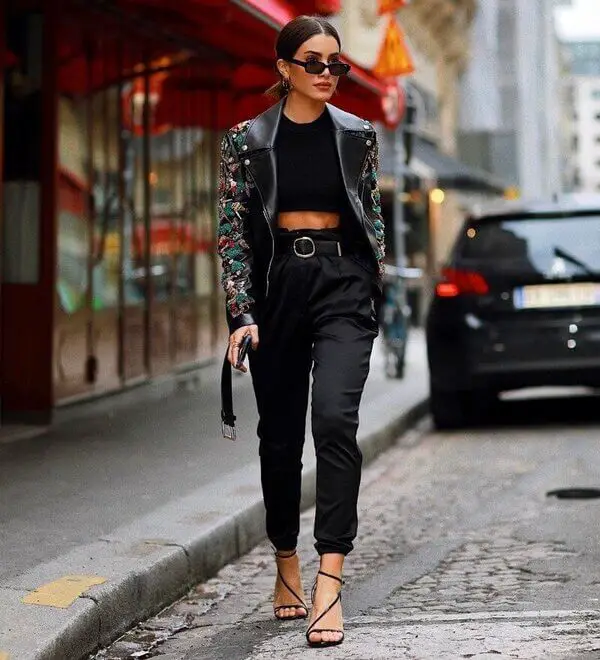
In the fast-paced world of fashion, it can be overwhelming to determine the ideal number of clothing items a woman truly needs. With trends constantly evolving and closets bursting at the seams, it's time to unravel the mystery and discover the perfect balance between practicality, style, and sustainability. In this comprehensive guide, we will delve into the factors that influence the number of clothing items a woman should have, taking into account various lifestyles, personal preferences, and the ever-changing fashion landscape.
- Understanding Personal Style:
Before diving into the specifics, it's crucial to acknowledge that every woman's wardrobe requirements may differ based on her personal style. Some may lean towards a minimalist approach, while others may embrace a more eclectic or trend-driven aesthetic. By understanding your personal style, you can curate a wardrobe that reflects your individuality and ensures you have the right pieces for any occasion. - Assessing Lifestyle Needs:
The number of clothing items a woman needs is heavily influenced by her lifestyle. Consider the following factors:
a) Professional Environment: If you work in a corporate setting, a collection of tailored suits, blouses, skirts, and dresses will be essential. Aim for versatile pieces that can be mixed and matched to create numerous outfits.
b) Casual or Creative Professions: For those in more relaxed work environments, a combination of smart-casual separates, comfortable yet stylish footwear, and a few statement pieces will strike the perfect balance between professionalism and personal expression.
c) Social Engagements: Take into account your social calendar and the types of events you frequently attend. Whether it's cocktail parties, weddings, or casual gatherings, having a selection of elegant dresses, chic separates, and accessories will ensure you're always prepared.
- Building a Capsule Wardrobe:
The concept of a capsule wardrobe has gained popularity in recent years, emphasizing quality over quantity and promoting a more sustainable approach to fashion. Consider these key elements when creating a capsule wardrobe:
a) Basics: Invest in high-quality essentials such as well-fitted jeans, classic white shirts, versatile blazers, and comfortable knitwear. These timeless pieces form the foundation of your wardrobe and can be effortlessly styled for various occasions.
b) Versatile Pieces: Opt for items that can be dressed up or down, allowing you to create multiple outfits with minimal effort. A little black dress, tailored trousers, a tailored blazer, and a few statement accessories can go a long way in expanding your styling options.
c) Seasonal Updates: To stay current and adapt to changing trends, allocate a portion of your wardrobe to seasonal updates. This can include a few trendy pieces, seasonal colors, and prints that can be mixed with your existing wardrobe to create fresh looks.
- Maintaining a Functional Wardrobe:
To ensure your wardrobe remains practical and clutter-free, consider the following tips:
a) Regular Closet Audit: Periodically assess your clothing items and donate or sell those that no longer align with your style or lifestyle. This will help maintain a streamlined wardrobe and make getting dressed a breeze.
b) Quality over Quantity: Invest in well-made, durable pieces that will stand the test of time. Quality garments tend to last longer, reducing the need for frequent replacements.
c) Mix and Match: Experiment with different combinations of clothing items to create new outfits. By maximizing the versatility of your wardrobe, you can make the most of each piece and minimize the need for excessive items.
Conclusion:
Determining the optimal number of clothing items for a woman is a highly subjective matter, influenced by personal style, lifestyle, and individual preferences. By understanding these factors and adopting a mindful approach to building a functional wardrobe, you can strike the perfect balance between practicality, style, and sustainability. Remember, it's not about the quantity of clothing, but rather the quality and versatility of the pieces you choose.



